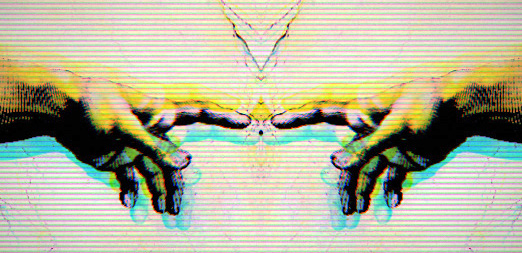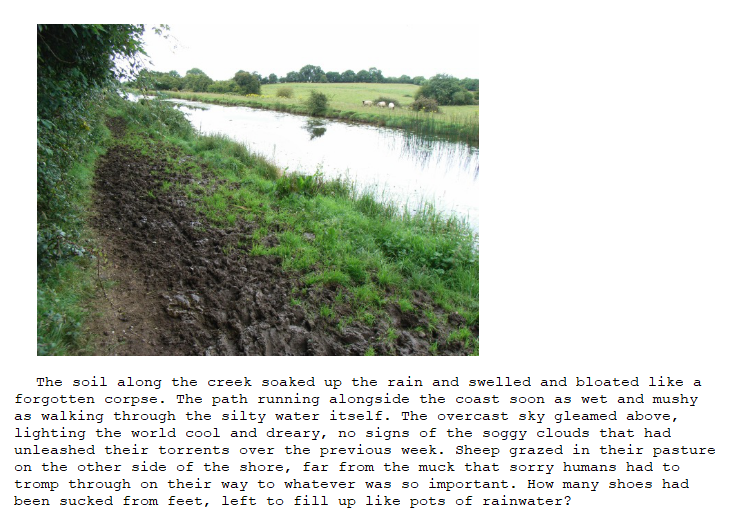
For today’s post, I will discuss how to identify pearls in media, as well as your own writing. Be sure to read part one to get started, and also my post on ‘imagery pearls,’ which this post will expand upon.
Do you have a friend like this — They say, “Ah, I read a great book,” and you ask, “What’s it about?” And they say, “Well, there’s this woman living on a farm, and she’s got two kids and her husband works for the post-office. So the husband dies, and that leaves her to raise the child alone. Oh, and this takes place in the first World War…” On they go, for ages and ages about every little scene in order and you realize five minutes in that you’ve actually read the same book. If pearls are memorable scenes, this friend is nothing but string!
When we think about our drafts, we can get stuck thinking about them as scenes that must go in a certain order. ‘ Well first, the character does such -and-such, and runs into so-and-so…’ But our stories are so much more than a series of dry events and checkboxes for us to mark. This can lead us to ‘stringy’ stories and boring info dumps. So how can we get ourselves out of this mindset, and find the pearls? Here’s a two-part exercise…
Continue reading









